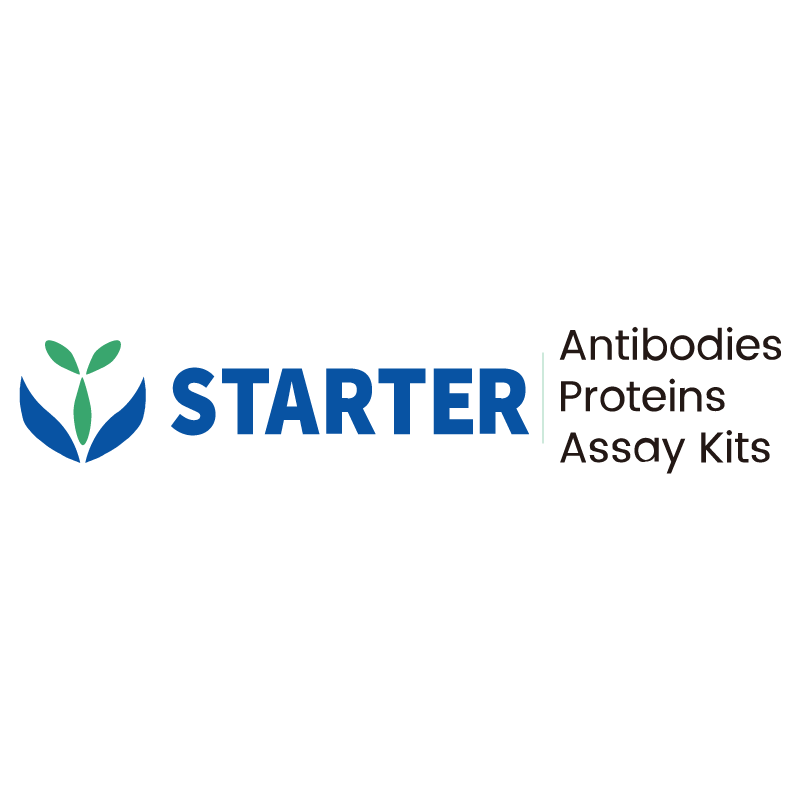Flow cytometric analysis of human PBMC labelling Human IgE antibody at 1/2000 (0.1 μg) dilution (Right panel) compared with a Mouse IgG1, κ Isotype Control (Left panel). Goat Anti-Mouse IgG Alexa Fluor® 488 was used as the secondary antibody. Then cells were stained with CD193 - PE antibody separately.
Product Details
Product Details
Product Specification
| Host | Mouse |
| Antigen | IgE |
| Synonyms | Immunoglobulin heavy constant epsilon; Ig epsilon chain C region; Ig epsilon chain C region ND; IGHE |
| Location | Secreted, Cell membrane |
| Accession | P01854 |
| Clone Number | S-2853 |
| Antibody Type | Mouse mAb |
| Isotype | IgG1,k |
| Application | FCM |
| Reactivity | Hu |
| Positive Sample | human PBMC |
| Purification | Protein G |
| Concentration | 2 mg/ml |
| Conjugation | Unconjugated |
| Physical Appearance | Liquid |
| Storage Buffer | PBS pH7.4 |
| Stability & Storage | 12 months from date of receipt / reconstitution, 2 to 8 °C as supplied |
Dilution
| application | dilution | species |
| FCM | 1:2000 | Hu |
Background
IgE is an antibody isotype that, despite being the least abundant in serum, sits at the epicenter of type I hypersensitivity and anti-parasite immunity; generated by plasma cells in mucosal tissues, it binds with picomolar affinity to the tetrameric FcεRI on mast cells and basophils, priming them for rapid degranulation upon subsequent allergen encounter, thereby unleashing histamine, leukotrienes and cytokines that produce the clinical spectrum from urticaria to anaphylaxis, while also orchestrating eosinophil and macrophage responses against helminths; its half-life in plasma is brief (~2 days), yet it can remain cell-bound for weeks, and its levels are tightly regulated by IL-4, IL-13 and CD40L-mediated class-switching.
Picture
Picture
FC


